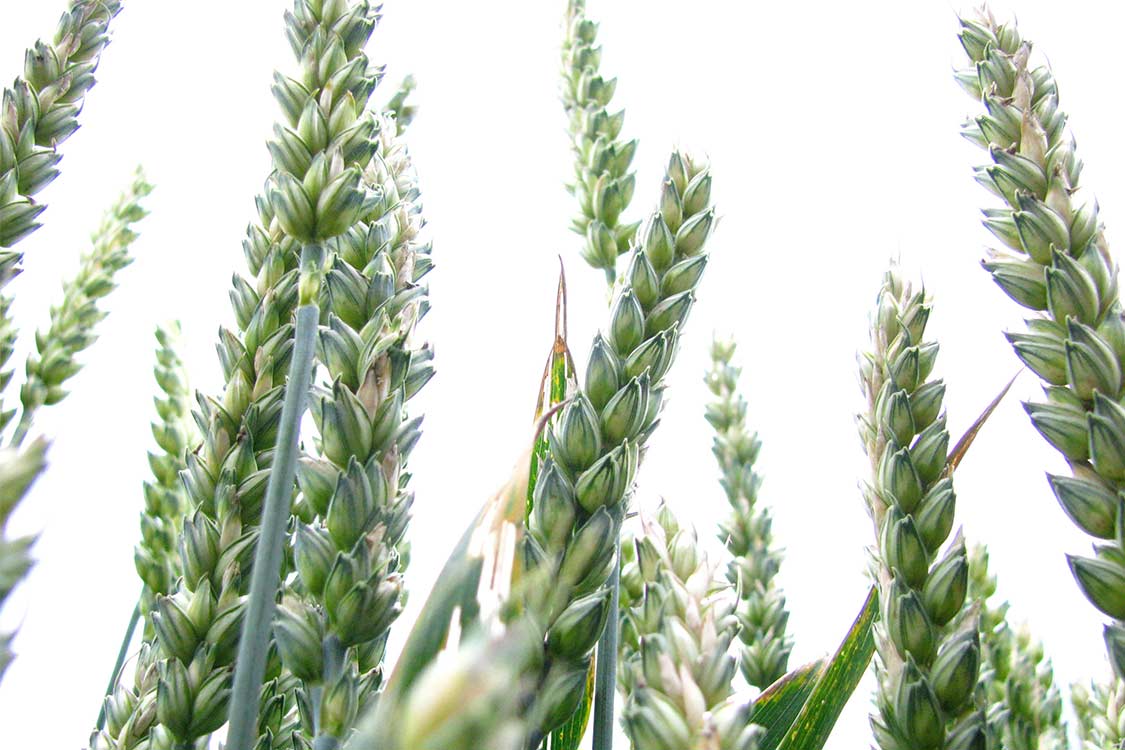Share article
Share this article on your favorite social media channel.
Trichothecene T-2 and HT-2 toxins are today classified as harmful to health because they can have a cell-damaging effect. These toxins are frequently found in oats, maize, wheat and rye. Contemporary methods of analysis make it possible to recognise contaminated grains at an early stage.
The harmful substances are created by mould of the Fusarium species. This can spread rapidly at temperatures of 6-24 degrees Celsius and in the case of increased atmospheric humidity. Cold, damp weather during harvest promotes the growth of Fusarium mould and favours the development of trichothecenes. Oats, wheat, barley, millet, maize and products made from these grains are frequently contaminated with T-2 and HT-2 toxins.
The Scientific Committee on Food (SCF) of the European Union has compiled a risk assessment of trichothecenes. This assessment reveals, among other things, that the presence of T-2 and HT-2 toxins can be harmful to both human and animal health. It was thus concluded that the problem needs to be given greater priority and that a decision needs to be made about introducing a limit for T-2 and HT-2 toxins.
Up-to-date sample preparation and determination by means of liquid chromatography combined with mass spectroscopy mean that both substances, along with further toxins, can now – for the first time – be analysed in an extremely reliable manner.
Please read Stephan Reber’s article on this topic.
For enquiries concerning the article, please contact the author by calling our service desk.
